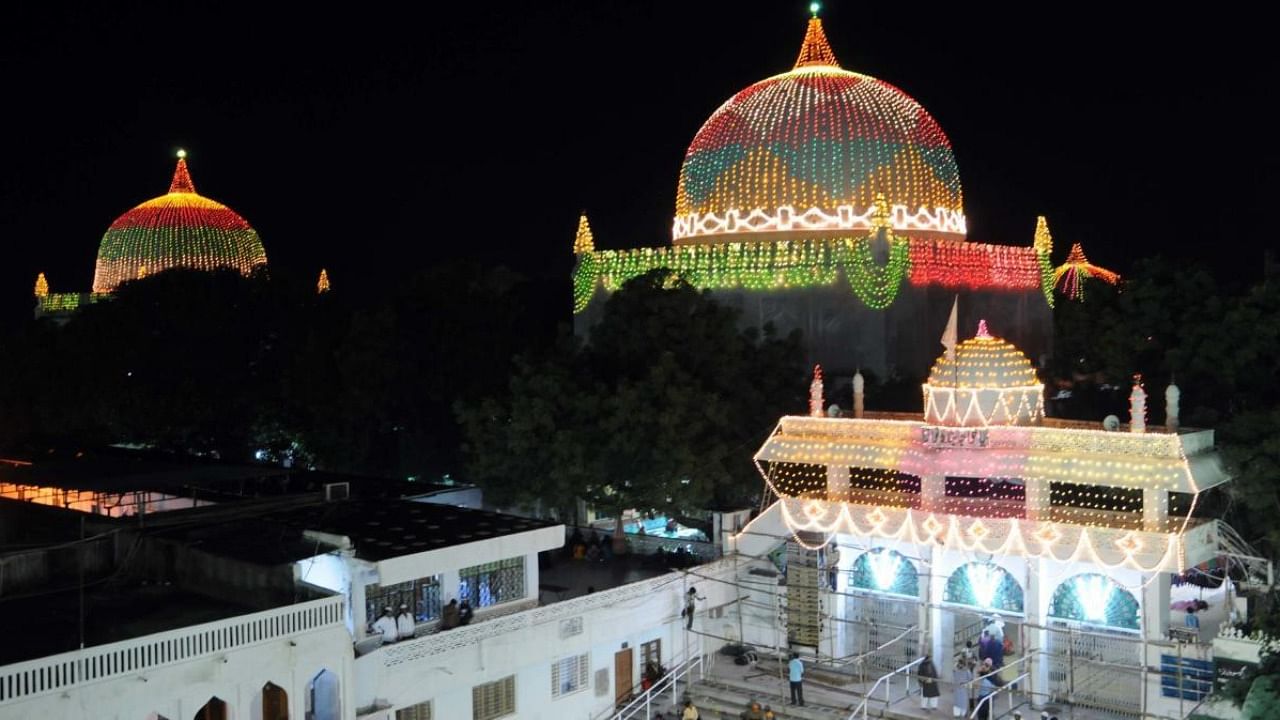

Known as a gateway to Kalyana Karnataka, Kalaburagi has a rich historical and cultural heritage. It has seen Buddhists, Jains, Madhwas, Shaivas, Sharanas, Sufi saints and the Tatwapadakaras thrive. Royal dynasties of Mauryas, Satavahanas, Rashtrakutas and Kalyani Chalukyas flourished along the banks of the River Bhima.
At Sannathi in the district, Mauryans and Satavahanas constructed Buddhist Stupas to popularise Buddhism between the third century BC and the third century AD.
Several villages like Sannathi and Kanaganahalli in Chittapur taluk and Hurasgundi in Shahapur taluk were centres of cottage industries since the third century AD. There is evidence that suggests that pots and other items made of clay here were supplied to places in north India.
Using the stones found locally, the artists here carved stupas, Buddha statues and other architectural wonders. Even the fort at Malkhed that served as the capital of the Rashtrakutas was built using local stones.
Jainism thrived in Kalaburagi after the 10th century, under the reign of the Rashtrakuta ruler Amoghavarsha Nrupathunga I. It was during this period that several Jain Basadis and temples came up in Sedam, Kalagi and Chittapur.
The Jain Basadi at Malkhed (known as Manyakheta then) can be seen even to this day.
In the 12th century, the Vachana revolution led by Basavanna, attracted thousands of people to Kalyana, who passed through Kalaburagi to reach there.
It is said that many Sharanas, led by Basavanna’s nephew Channabasavanna, took refuge in villages in Kalaburagi, after the violence provoked by Basavanna's support of inter-case marriage.
Not just this, several villages of the district have close historical connections to developments that took place at Kalyana. Vachanakara Jedara Dasimayya is from Mudenur in the district.
A pair of footwear said to be made for Basavanna by Harlayya and his wife Kalyannama (a couple who were followers of Basavanna) has been preserved at the Bijanalli village in Sedam taluk even to this day.
During the reign of the Bahmani Sultans, Kalaburagi saw the rise of the Sufi culture and tradition. Even to this day, hundreds of people from the middle-east countries travel to Kalaburagi to attend the Urs of Khwaja Bande Nawaz.
Like the Sufi saints, the Tatwapadakaras of the district reached to the common masses through their tatwapadas (mystical songs) that were rich in expression and life experiences, but in a language easily understood by the common people.
Madhwa tradition too found a place in Kalaburagi and the Uttaradi Math at Malkhed located on the banks of the Kagina river became a major centre for the Madhwas.
Historically, Kalaburagi nurtured several faiths and religious traditions, and in a similar way, it fostered multiple languages.
Along with Kannada, the district is influenced by Urdu, Persian, Telugu and Marathi. Aland area shares a border with Maharashtra and has Marathi influence whereas Chincholi and Sedam share a border with Telangana. People break into Telugu just as easily as they speak Kannada.
(Translated by Divyashri Mudakavi)